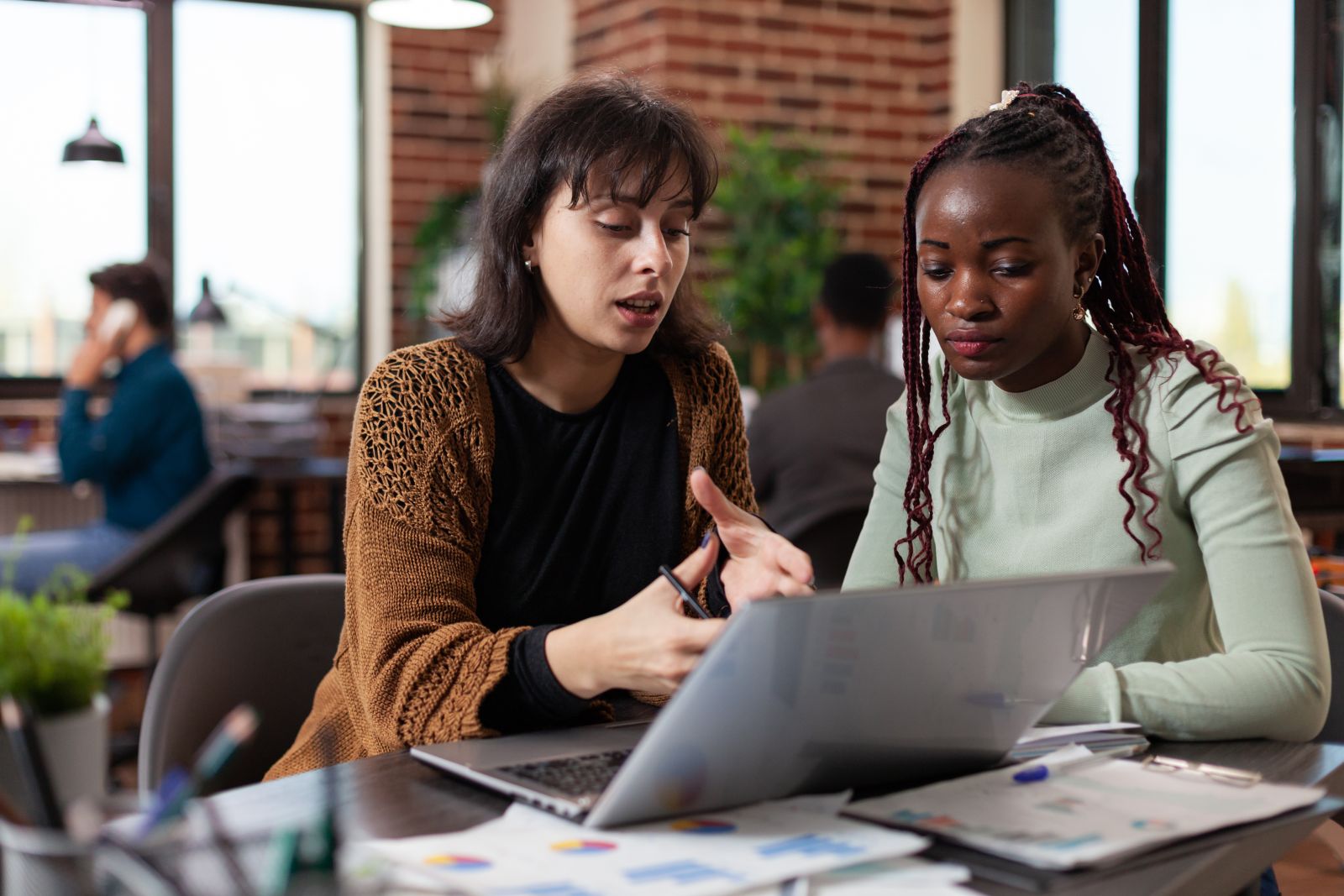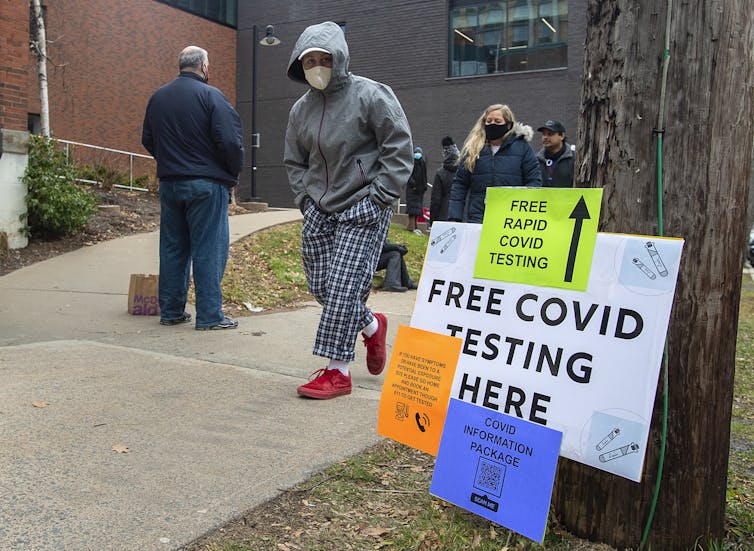
How to make post-secondary study more accessible? Collaboration between instructors and disability counsellors
Forty years after the enactment of Canada’s first children’s special education laws, universities and colleges have made significant strides in accessible education for adult students with disabilities.
But positive change is not coming fast enough. And accessibility issues are not about some small minority of students. Twenty-two per cent of Canadians aged 15 years or older have at least one disability. This percentage is roughly echoed in higher education.
Many important practical approaches that galvanize post-secondary institutions’ pro-inclusion policies are carried out by disability counsellors (sometimes referred to as accessibility consultants) attached to student wellness units.
Pandemic exposed issues
The COVID-19 pandemic made existing barriers for people with disabilities more apparent.
As Tina Doyle, Director of AccessAbility Services at University of Toronto, shared with me in an interview, the pandemic revealed there is still much work to be done to make education accessible and welcoming to persons with a disability. Researchers who have documented experiences of students with disabilities in the pandemic have made similar observations.

Support for students with disabilities
Since 1986, the National Educational Association of Disabled Students (NEADS) has been mandated to support education and employment for post-secondary students and graduates with disabilities.
NEADS has launched projects, resources, research, publications and partnerships and created scholarships.
Nevertheless, many readers including students with disabilities and parents or supporters may be unfamiliar with how universities and colleges are currently supporting their students with disabilities.
Employee training
Administrators at most institutions have introduced significant policies and requirements for employee training. They have undertaken new practices in a range of student support services embedded in campus life.
These include audits and reports often by human rights units, and regular facilities reviews as historic campus buildings are increasingly being retrofitted to conform to accessibility standards.
Similarly, innovative teaching and learning centre staff typically promote practical approaches among the teaching faculty, while librarians and others focus on important learning resource accessibility and supportive technologies.
Students assigned counsellors
A drawback of traditional approaches to accommodating disability has been a heavy reliance on only recognized medical diagnoses of disability.
Today many students with a disability present themselves to disabilities services units requiring assistance.
While some disability rights researchers or advocates flag that some students are inhibited from receiving accommodations due to a lack of a formal diagnosis, some disability advocates and researchers we have spoken with say there is a trend towards working with students even before they have a diagnosis.
Counsellors as advocates
Counsellors also often find themselves tasked with advocating, alongside or for students, with faculty to ensure an array of accommodations are put into practice.
Most commonly this may include having faculty follow the student’s approved need for occasional extensions on assignment due dates, extra time for test completion, use of a computer or a test centre for writing tests or perhaps access to assigned course resources in an accessible format.
Where expensive accommodations are needed by the student (such as computers, software, ergonomic modifications or staffing supports) then institutions, on behalf of government administrators, often require current diagnoses to be presented in advance.
Professors may have already selected and ordered books or uploaded their course materials to the digital learning management system long before learning that a student registered to their class has some needs they hadn’t anticipated.
Part-time staff
A significant challenge for the sector is how to train teaching faculty on the many specific practical approaches when universities and colleges employ a very high ratio of part-time instructors on short-term contracts.
Disability counsellors report sometimes expending significant energy communicating with teaching faculty about using what should be seen as simple inclusive strategies that students have a right to, or convincing them of the necessity.
Promoting universal design
What more can be done?
A clear way to measure the commitment to promoting inclusion of those with disabilities can be found in policies supporting equity, diversity and inclusion and those that commit the institution to promoting universal design for learning approaches by their teaching faculty and staff. In recent years NEADS has come out as a strong proponent of the approach.
Universal design for learning is aimed, in part, at addressing accommodation needs. It has been also shown to support learners with disabilities along with needs of international students, first-generation students and many others.
Some centres for innovative learning in post-secondary institutions in the United States, and less so in Canada, have promoted partnerships between teaching faculty and disability service staff such as disability counsellors.

Humber College study
A recent Canadian project undertaken by a team at Humber College, and studied by this story’s first author, found that connecting teaching faculty with a learning specialist and disability counsellors was key to supporting greater implementation of universal design. This echoed findings in other contexts.
In the Humber project, teaching faculty were connected with an innovative learning centre specialist. They were also able to leverage considerable knowledge and commitment of the institution’s disability counsellors.
An important factor in their ability to design accessible courses with supportive expertise was their employer allowed them to formally allocate time to this kind of work.
Supporting student success
Over the 14-week redesign project period studied, disability counsellors were able to make substantial contributions within about 90 minutes per week. The collegial support that all participants reported broke down some of the isolation that faculty sometimes experienced while redesigning courses.
It also built up trust as participants, whether teachers or disability counsellors, learned to better appreciate the challenges of each other’s complex roles in supporting student success.
Employing the considerable knowledge and experiences of disability counsellors in novel ways may provide substantial guidance to some areas where institutions can improve their support efforts.
Maggie Lyons-MacFarlane, outgoing chairperson of the board of directors of the National Educational Association of Disabled Students, and New Brunswick director of the organization, co-authored this story.
Philip Burge, Adjunct Associate Professor of Psychiatry, Queen's University, Ontario
This article is republished from The Conversation under a Creative Commons license. Read the original article.

